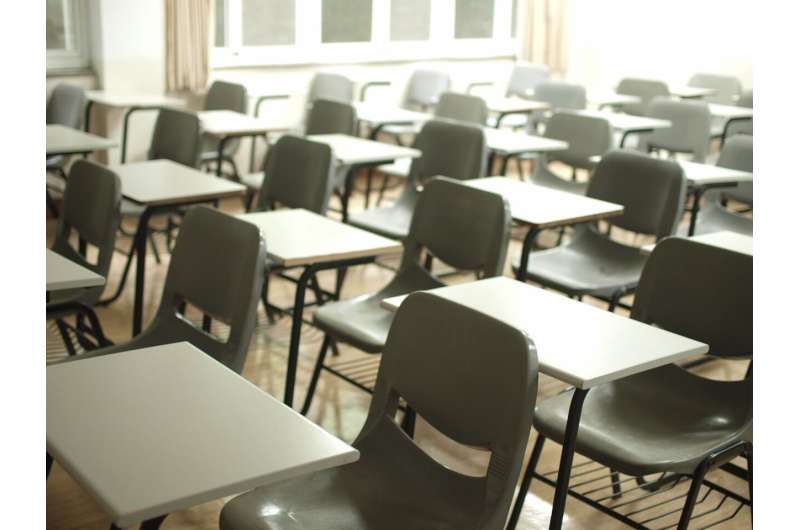For some students with disabilities, full inclusion may not be the answer

Proponents of full inclusion—placing students with disabilities in general classrooms for most of the school day—maintain that the more time those students spend in such classes, the better they do academically. A new paper by Vanderbilt Peabody College of education and human development researchers challenges that assumption.
Research Professor of Special Education Douglas Fuchs and his team reviewed two kinds of evidence used to support fully including students with disabilities. They examined research on programs developed for students in mainstream settings. When properly applied, they found these programs benefitted many—but not all—special-needs children. Specifically, these programs strengthened expressive language, improved peer interactions, increased task engagement and encouraged more normative school behavior for many students with disabilities. However, the researchers also found that students with more serious learning and behavior problems required an intensity of intervention not offered in many class-wide programs. The authors also described studies by others that explored the importance of general class placement regardless of the use of evidence-based interventions—a dosage (in this case, more-time-is-better) hypothesis.
Reporting their findings in "Exploring the Truth of Michael Yudin's Claim: The More Time Students with Disabilities Spend in General Classrooms, the Better They Do Academically" (Journal of Disability Policy Studies, 2022), the researchers found that as the number of students with disabilities placed in general classrooms increased, the gap between their reading proficiency and their grade level increased, as well.
Michael Yudin, a former assistant secretary for special education and rehabilitative services in the U.S. Department of Education, was widely known during the Obama administration as a champion of full inclusion. Students with disabilities will prosper in mainstream settings, he argued, because general educators are more likely to hold them to higher standards and to ensure that they access the same curriculum as their peers. There will, therefore, be less need for special education placements.
Fuchs and his team tracked U.S. Office of Special Education Program placement data and National Center for Education Statistics reading data for the years 1998 through 2015. The goal was to describe trends across time for these data. The students' reading performance on the National Assessment of Educational Progress did not track with the increasing amount of time they were spending in regular classrooms. (The congressionally mandated NAEP provides important information about student achievement and learning experiences in various subjects.) The researchers found little evidence that placing students with disabilities in mainstream classrooms strengthens their academic achievement.
For perspective on their findings, the authors also considered a randomized trial that examined intensive instruction in math fractions from a trained tutor outside the general classroom compared to instruction within it. That trial found that students with disabilities who received the intensive instruction outperformed those taught in the mainstream group.
While Fuchs and his colleagues note that there is no single solution to educating all students with disabilities, they argue that intensive instruction benefits many students with disabilities in ways not supported in general classrooms.
More information: Douglas Fuchs et al, Exploring the Truth of Michael Yudin's Claim: The More Time Students With Disabilities Spend in General Classrooms, the Better They Do Academically, Journal of Disability Policy Studies (2022). DOI: 10.1177/10442073221097713
Provided by Vanderbilt University




















